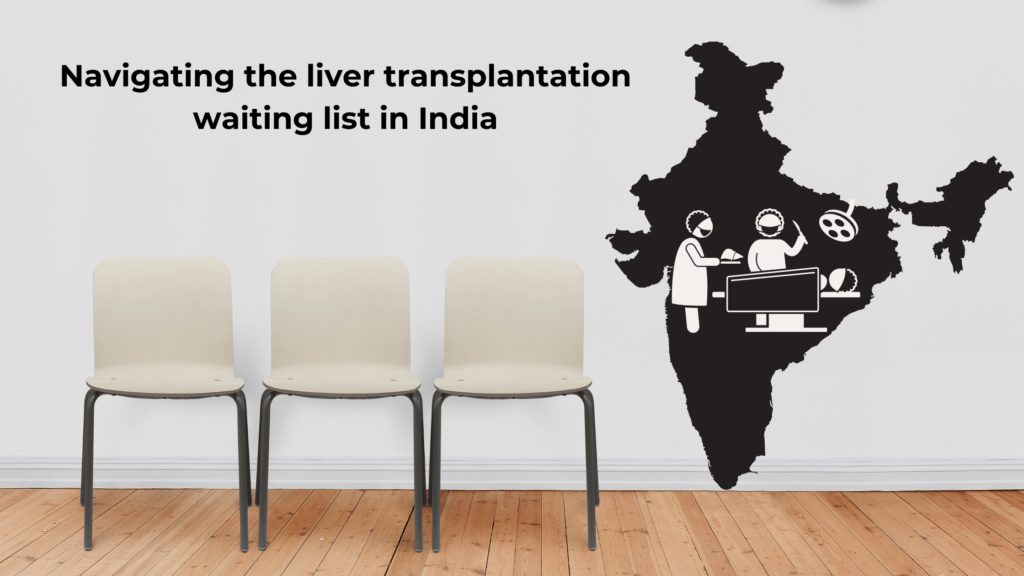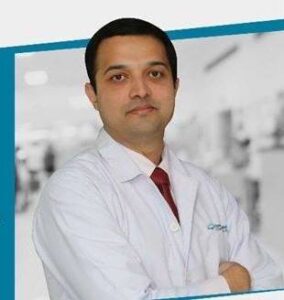For many in India, a liver transplant represents a beacon of hope amidst the despair of severe liver disease. Yet, the path to this life-saving procedure can be long and complex. Understanding the intricacies of the liver transplantation waiting list and the steps involved is essential for patients and their families. This blog aims to unravel the process, providing a comprehensive guide through this challenging journey.

The First Steps: Getting Listed for a Liver Transplant
The journey begins at a recognized transplant center, where a comprehensive evaluation determines if a patient qualifies for the liver transplant waiting list. This evaluation involves an array of medical tests to assess the severity of liver disease and overall health status. The cornerstone of this assessment is the Model for End-Stage Liver Disease (MELD) score, a numerical scale ranging from 6 to 40 that predicts the risk of death within three months without a transplant. The higher the MELD score, the greater the urgency for a transplant.
Decoding the MELD Score
In India, the MELD score plays a pivotal role in prioritizing patients on the liver transplant waiting list. This score is derived from critical lab values: bilirubin (reflecting liver function), creatinine (indicating kidney function), and INR (International Normalized Ratio, assessing blood clotting ability). A higher MELD score suggests a more severe condition, hence a higher priority on the waiting list. Regular updates to the MELD score are crucial, as they reflect the dynamic nature of a patient’s health status.
The Waiting Game: Organ Allocation and Patience
The allocation of donor livers in India is governed by a centralized system managed by the National Organ and Tissue Transplant Organization (NOTTO). This system ensures transparency and fairness in the allocation process. However, the waiting period can be long and unpredictable due to the chronic shortage of donor organs. Compatibility between donor and recipient, including factors like blood type, body size, and liver condition, is vital for a successful transplant.During this waiting period, patients must stay in optimal health to be ready for the transplant at any moment. This involves adhering to a strict regimen of diet, exercise, and avoiding substances that could further damage the liver, such as alcohol.
A Ray of Hope: Living Donor Transplants
Given the scarcity of deceased donor organs, living donor liver transplants have emerged as a crucial alternative in India. In this procedure, a healthy individual, often a close relative, donates a portion of their liver to the patient. The liver’s unique regenerative ability allows both the donor and recipient to have fully functioning livers post-surgery. This option not only reduces waiting time but also offers a lifeline to those struggling to find a deceased donor match.
Emotional and Psychological Resilience
The journey through the liver transplantation waiting list is fraught with emotional and psychological challenges. The uncertainty and stress can take a toll on patients and their families. However, support groups, counseling services, and regular communication with the transplant team can provide much-needed relief. Staying positive, informed, and engaged in the process helps manage anxiety and fosters resilience during this demanding time.
Conclusion: A Journey of Hope
Navigating the liver transplantation waiting list in India is a journey marked by hope, resilience, and the unwavering support of loved ones. Understanding the evaluation criteria, the significance of the MELD score, and the organ allocation process equips patients and their families with the knowledge to face this challenge head-on. Despite the hurdles, advancements in medical technology and the availability of living donor transplants illuminate a path forward. By staying informed and seeking support, patients can transform this daunting journey into one of hope and renewed life.

